What are landrace cannabis strains?
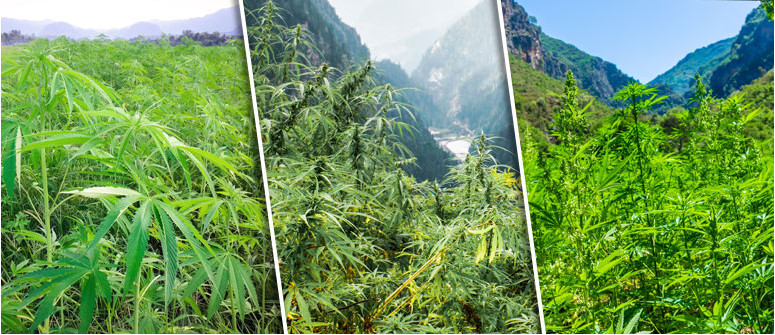
Confused by the term "landrace" cannabis? In this article, we'll teach you all you need to know about landrace strains, how they differ from modern hybrids, and why they are so important to the history and cultivation of the cannabis plant.
Contents:
Sour Diesel, Blueberry, OG Kush, and Granddaddy Purps… While each has a unique appearance, taste, aroma, and effect, these strains all have one thing in common; they're the result of meticulous breeding and human intervention. Landrace cannabis strains, on the other hand, developed under the influence of nature alone.
What are landrace cannabis strains?
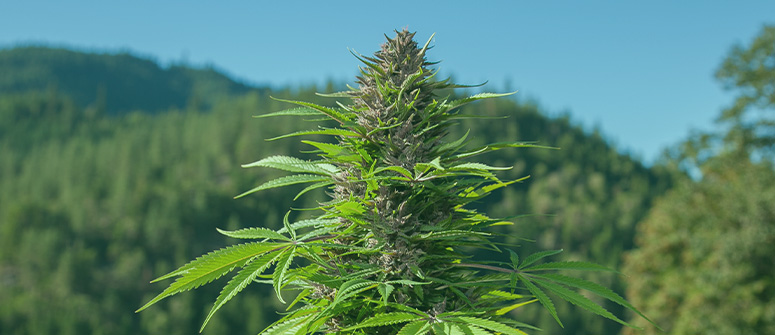
Cannabis is an ancient plant. Long before humans started crossing different cannabis varieties in order to create hybrids with exotic aromas/flavours and specific effects, cannabis grew naturally alongside stunning mountain ranges in the Indian Subcontinent and deep in Asia's mesmerising jungles, among other locations.
As summers drew to an end, these wild cannabis plants would flower and pollinate themselves naturally, aided by insects or the wind rather than a breeder with a Q-tip. In winter, the plants would wither and die, releasing hundreds of seeds into the soil to sprout in the coming season.
While modern cannabis strains are mostly the result of meticulous breeding efforts, the cannabis species continues to grow wild all over the planet. Tucked away in specific geographic regions such as the Hindu Kush mountains are what breeders and cannabis aficionados consider "landrace strains"—unique cannabis varieties indigenous to specific areas, where they've been growing undisturbed for hundreds, if not thousands, of years.
Therefore, landrace strains are those that are indigenous to particular geographical locations and haven't been crossbred with varieties from other parts of the world. Such strains are treasured for their unique traits and genetics, which they developed naturally over centuries as they adapted to the environment in which they grew.
Note that "landrace" isn't to be confused with the term "heirloom", which refers to landrace strains that are cultivated and maintained outside of their area of origin. Cannabis "strain hunters" are renowned for collecting landrace seeds or cuttings on their travels and bringing them back home to grow and breed new strains.
How many landrace cannabis strains are there?
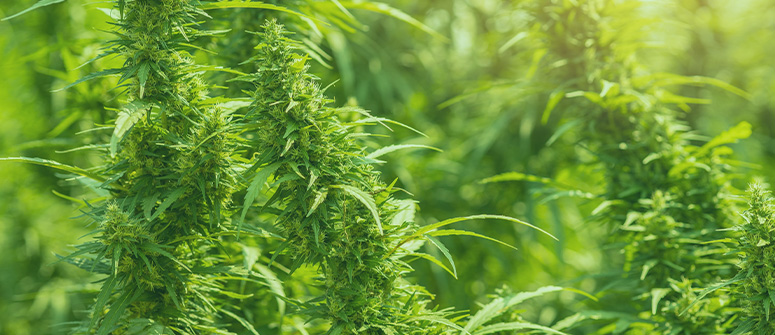
There is no specific figure regarding the amount of original landrace strains still out there in the world, but it is reasonable to assume that there are fewer pure landraces around today than there have been in the past. That's because cannabis breeders and strain hunters have long employed landraces to create new hybrids.
In fact, all of the cannabis strains you'll find at seed banks, coffeeshops, and dispensaries derive from landrace strains like those mentioned below. With their increased yields, potency, and accessibility, hybrids (more accurately, "polyhybrids") are the standard for modern growers, meaning that the art of growing and preserving landrace strains may be dying out.
For cannabis purists, the idea of diminishing landraces is a sad thought, and understandably so. However, it's also important to realise that the work of breeders has greatly improved the genetics of original landrace strains. Without such developments in breeding, today's cannabis strains wouldn't have the yields and potency that modern growers and smokers look for.
Below, we'll take a look at some of the most beloved and famous sativa, indica, and ruderalis landrace strains still around today.
Landrace indica strains
Indica cannabis strains originate from cold, arid regions with short summers, such as the Hindu Kush mountain range. What follows are some of the world's best landrace indica strains.
Mazar I Sharif
Named after a large city in Northern Afghanistan, Mazar I Sharif is a powerful indica landrace. Sometimes simply referred to as Mazar, a number of seed banks offer a version of this strain. The original Mazar I Sharif is renowned for growing well over 2 metres tall (some say landrace Mazar plants can reach up to 4m) and producing large yields of dense, resinous flowers with a spicy, herbal aroma and a strong physical stone.
Afghani
Afghani, you guessed it, is another landrace indica strain from Afghanistan. Native to the region that comprises modern-day Afghanistan and neighbouring countries, cannabis has a long history of use among the people there. Afghan farmers grow landrace cannabis for fibre, food, medicine, as a cash crop, and as a natural intoxicant, and have done so for hundreds of years. Today, Afghani, or Afghan, landrace cannabis is still treasured for its high resin production, resilience, and rich, earthy, hashish-like aroma.
Hindu Kush
Hindu Kush has to be one of the most famous landrace marijuana strains on the planet. Named after the impressive mountain range spanning 800km between Afghanistan, Pakistan, and Tajikistan, this strain has rightfully earned the love of cannabis growers and smokers all over the globe. Having adapted to the arid, harsh, and short summers in these regions, Hindu Kush is renowned for being resilient and easy to grow, and, of course, for producing dense, super-resinous flowers with soothing physical effects.
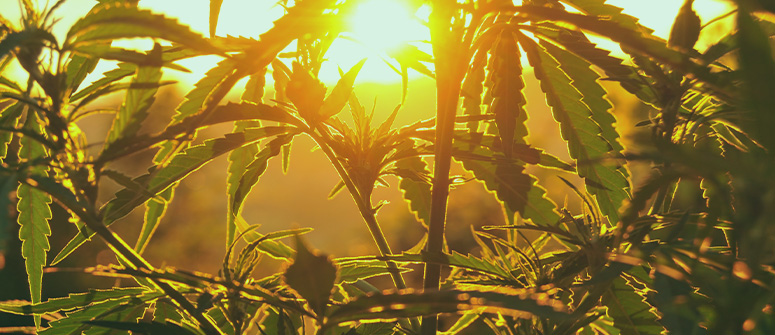
Landrace sativa strains
Sativa cannabis strains originate from warmer, more tropical regions of the world with long, hot summers. Here are some of the world's most beloved sativa landraces.
Acapulco Gold
Few sativa strains are as famous as Acapulco Gold. Native to Acapulco, Mexico, this high-energy sativa loves warm, long summers and produces sparkling, bright green flowers. Her aroma combines woody hints of cedar and sandalwood with honey-like sweetness and strong, earthy, coffee-like overtones. Acapulco Gold is still treasured by smokers everywhere for her clear-headed, creative, and energetic high.
Durban
Named after the large South African coastal city of the same name, Durban is a high-energy sativa landrace strain originating from South Africa. It is a very cerebral strain that is fairly straightforward to cultivate at home, despite its tendency to stretch and its extended flowering time. It boasts delicious aromas with strong woody notes and hints of liquorice, while her effects are characterised by a rush of clear, creative energy that eventually wears off into a relaxing state of bliss.
Thai
Last, but definitely not least, on this list of top landrace sativas is Thai. With a rich history of use by the Thai people, cannabis grows in the wild all across the nation, and has long played an important role in local culture. Today, Thai landrace strains are still very much alive and treasured for their vibrant aromas and uplifting, cerebral effects. Like other landrace sativas, Thai has adapted to the conditions of Thailand and enjoys warm, humid, and long growing seasons.
Landrace ruderalis strains
Today, most growers and breeders consider Cannabis ruderalis to be a landrace strain. This cannabis subtype grows naturally across Central Asia, Eastern Europe, and Siberia, and is unique from other cannabis varieties/subspecies because it flowers based on age rather than changes in the light cycle. While it doesn't offer much in the way of potency or yield, and is not popularly grown for consumption on its own, Cannabis ruderalis has played an indispensable role in the creation of the autoflowering cannabis strains that now dominate the market.
Where to find landrace cannabis strains
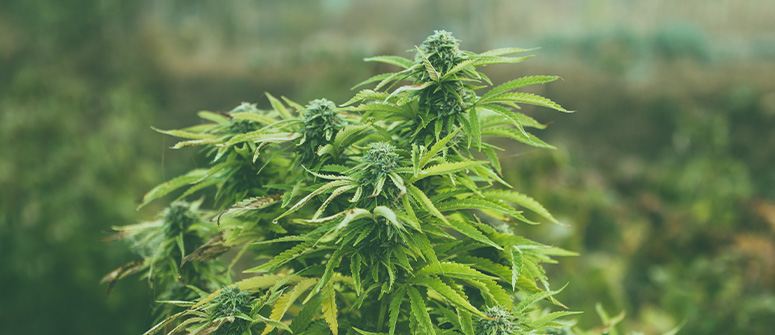
Finding true landrace genetics is extremely challenging for home growers. Even though some seed banks claim to offer landrace seeds in their catalogues, these are more accurately labelled as heirloom varieties, given that they are cultivated away from their place of origin and have been stabilised and maintained, to some degree, by breeders.
In fact, the breeding work performed by cannabis growers over the last 50 years has taken place precisely to enhance the properties of natural cannabis varieties to suit the needs and preferences of modern growers/smokers.
That said, heirloom strains are the closest you can get to experiencing landrace cannabis, unless you go hunting for true landrace seeds on your travels.
Note: Cannabis laws vary from country to country, and not all locations and cultures appreciate strain hunters coming in from out of town. Don’t go handling cannabis or its seeds unless the local laws permit you to do so, and always act with respect toward the local culture.
Are landrace cannabis strains better than modern strains?
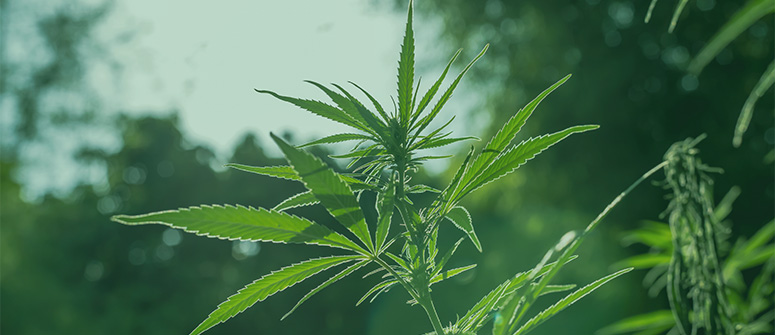
Landrace cannabis is definitely unique from modern cannabis polyhybrids; whether it’s “better” is subjective. That said, landraces are crucial to the development of hybrids, so the latter cannot exist without the former. Also, true landraces give us insight into the natural traits of cannabis, untampered with by humans. At the same time, hybrid strains harness these natural traits and amplify them to satisfy the expectations of modern cultivators and consumers.
The importance of landrace cannabis strains
While they might not produce the yield and potency that we're used to from modern hybrids, landraces provide the genetic building blocks that make today's cannabis strains what they are. From White Widow and Amnesia Haze to Runtz and Blue Dream, all of your modern cannabis favourites came from landrace strains in one way or another.




